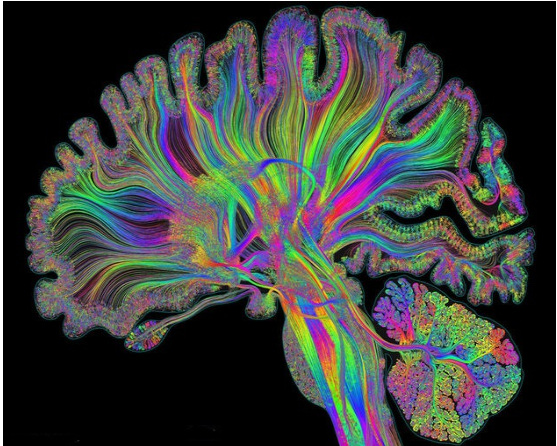

A. the Backbone matrix shows only those connections that were detected cross all 40+ subjects. B. Matrix of the prevalence of all links. Here, prevalence is defined as the total number of subjects in which a connection between a given pair of brain regions was detected (darker colors corresponds to higher prevalence, see colorbar in panel D). C. Prevalence distribution across subjects (together with the cumulative distribution). D. This scatter plot shows how the prevalence of a link is inversely related with its weight, meaning that, as expected, "bigger" bundles of axons tend to be detected more frequently than smaller ones, and it also suggests the existence of a correlation between the strength and the length of the detected fibers, showing that in general bigger detected bundles also tend to be short, whereas long-range connections tend to be composed by smaller numbers of fibers, which in turn let them more difficult to detect, and therefore less prevalent.

